Featured SalmonState Column

Crossing Kootznoowoo — and exploring potential career paths
Last August, 2022, three Angoon high schoolers portaged and paddled across Admiralty Island supported by Kootznoowoo Inc., the Southeast Alaska Sustainability Strategy, and some classic hip hop. This summer, they’ll be guiding others making the same journey.
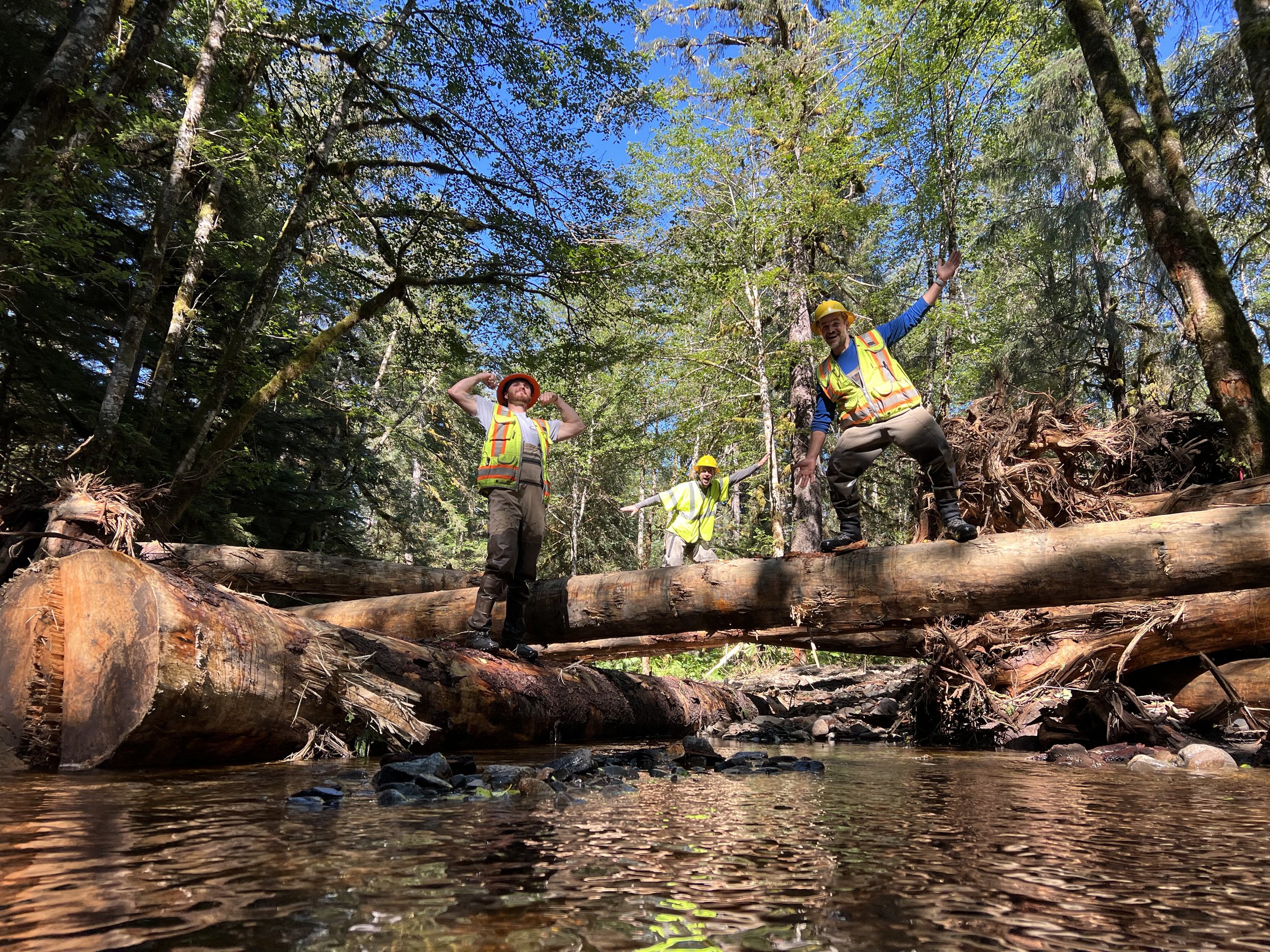
Growing “giant pumpkins” and fish habitat in Petersburg
PETERSBURG, AK—At East Ohmer Creek, 22 miles south of Petersburg, Alaska, is a tree believed to be the largest left on Mitkof Island. Forest Service Fish Biologist Eric Castro said foresters estimate the tree, which grew on a once-rich floodplain, is around 600 years old.
“Those giant pumpkins are what used to grow in this type of environment,” Castro said.
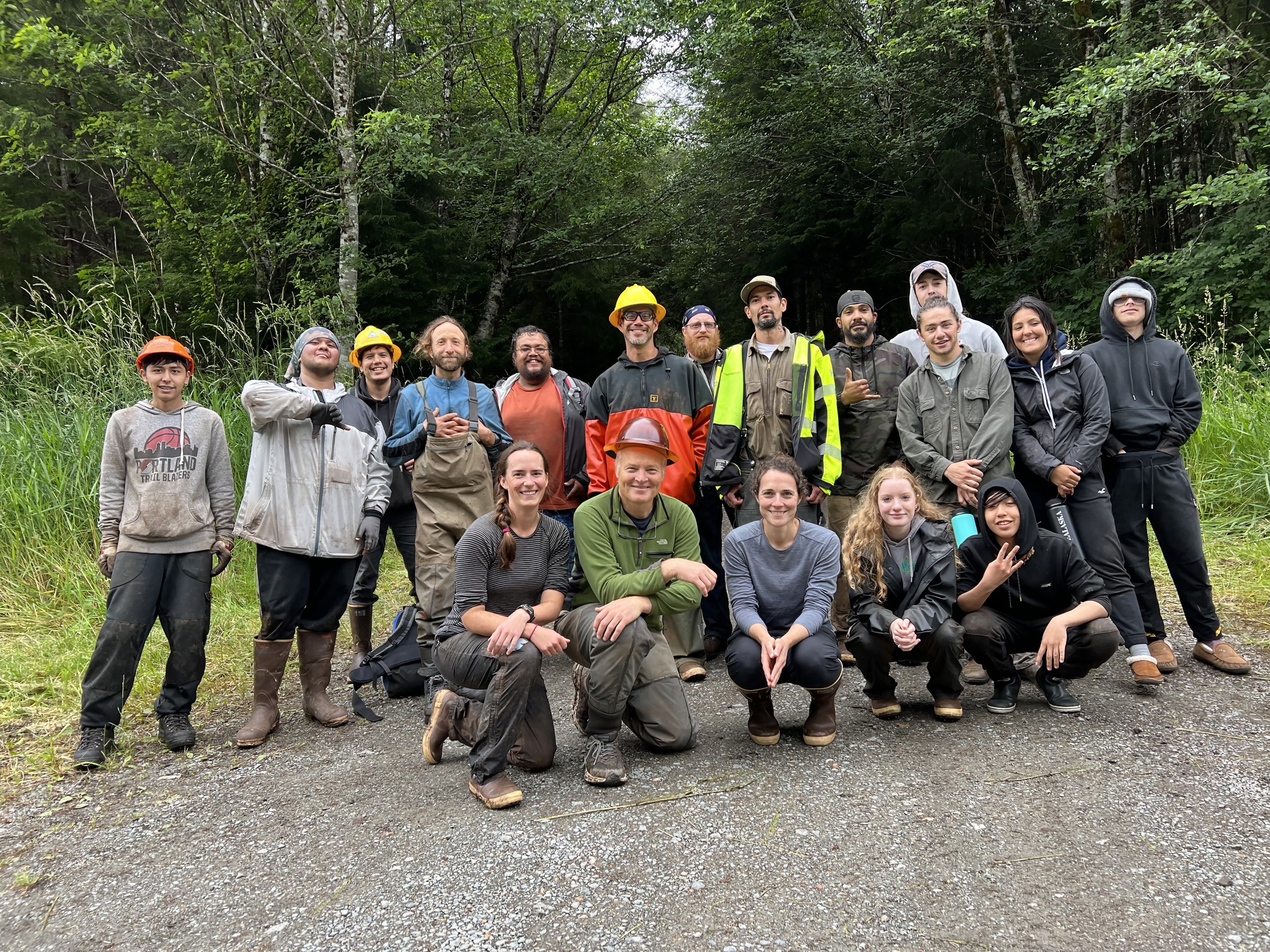
Bringing the sockeye home
In the early 1990s, when Quinn Aboudara was about 12, he and his father went hunting out a logging road that had just been punched into the old growth forest of Prince of Wales Island. Enormous spruce, hemlock and cedar trees towered all around them, their branches laden with pale green lichen. All around him, he knew, were deer, bears, birds, and berry bushes. The creeks were full of salmon. As they walked, his father stopped him. “Look around,” he said. “This is the last time you’ll ever see this forest.”
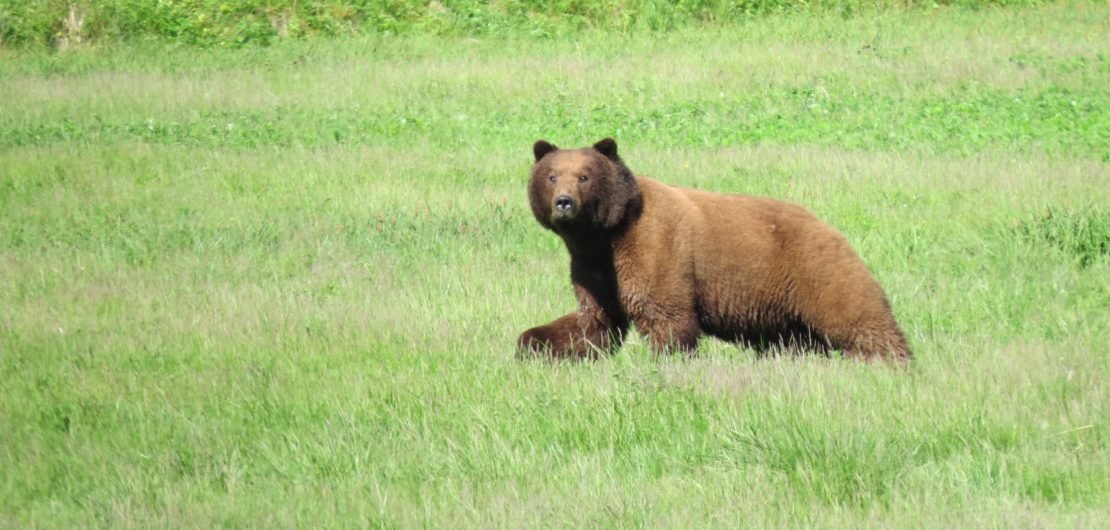
Listen, then support — a new approach in Southeast Alaska is a long time in the works
The U.S. Department of Agriculture has a new approach in Southeast Alaska: first listening to locals about what their community needs, then working to support those ideas. So when the department asked what investments the USDA should make as part of its sustainability strategy, announced in 2020, it heard lots.
From Kootznoowoo, the Native corporation of the village of Angoon, on Admiralty Island: the development of a new bear-viewing area nearer to Angoon, and additional opportunities for Angoon-led storytelling and economic development.
From the Southeast Alaska Watershed Coalition: restoring, in collaboration with Tribes and communities, streams and watersheds damaged by historic logging practices.
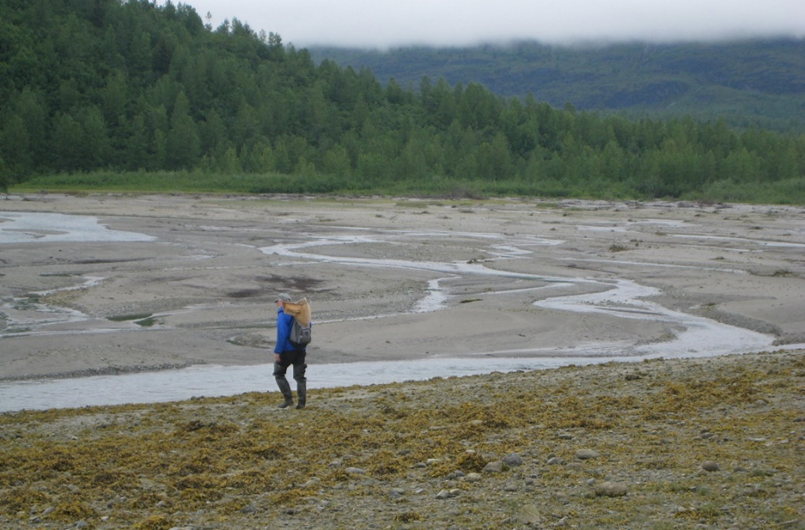
“Massive ecosystem transformations” from glacier retreat mean new salmon habitat — and new challenges — for wild salmon
Alaska is about to get thousands of miles of new salmon habitat — and how we manage that habitat will have long term implications for the salmon that find it. By the year 2100, melting glaciers will open up new watersheds containing thousands of miles of salmon habitat across Alaska and the Pacific Northwest, according to an aptly titled scientific paper, “Glacier retreat creating new Pacific salmon habitat in western North America,” out recently in the journal Nature Communications.

“Alaska’s untold secret” — the dividends paid by Southeast Alaska’s “Seabank”
Wild salmon. Clean water. Clean air. Carbon storage. Climate change mitigation. Tourism, commercial fisheries — and billions of dollars in economic benefit. Since 2018, the Alaska Sustainability Fisheries Trust (ASFT) has quietly published reports that upend managers’ historical ways of thinking about Southeast Alaska and the Tongass National Forest — and redefine priorities for management now and in the future.
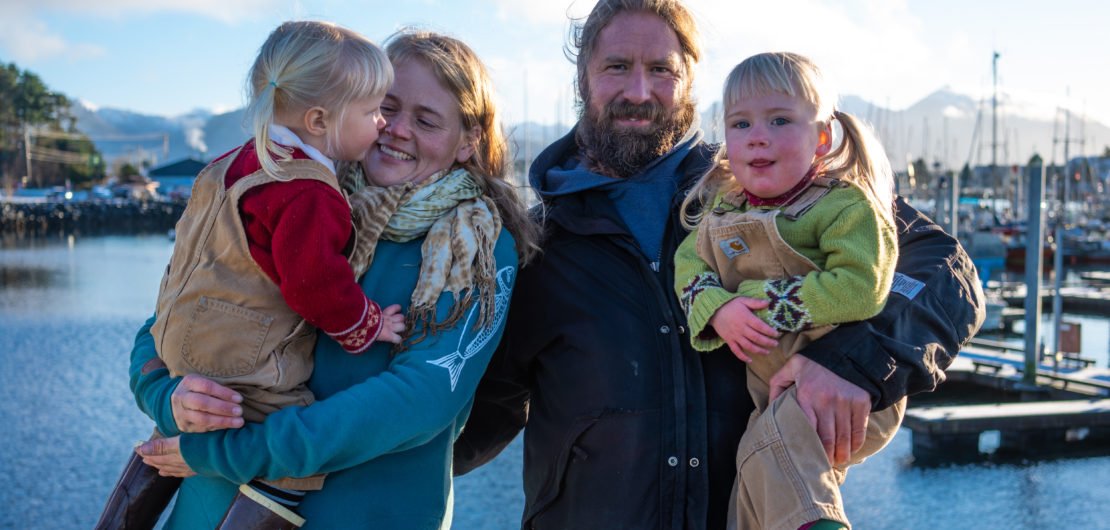
Connecting people to salmon during COVID-19
Some fast food restaurants in the Lower 48 have stopped serving hamburgers. Meatpacking plants have shut down. Grocery stores are frequently sold out of flour and rice. But Americans can buy Alaskan seafood directly from the fishermen who caught it — and, in increasing numbers, that’s what they’re doing.
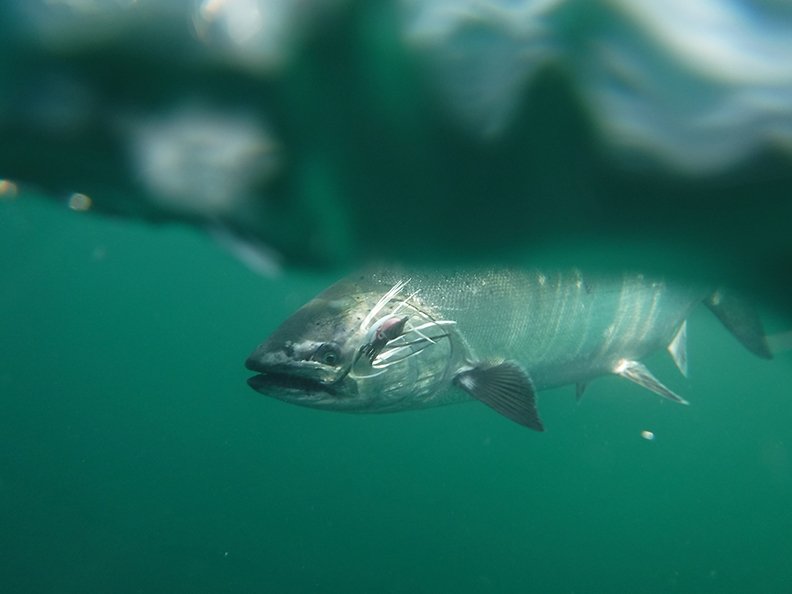
Finding peace of mind in Alaska
It’s the end of March, 2020, and so many Alaskans are in crisis. Villages closed to outside travel. Restaurants and “non-essential” business shut down. People who have lost their jobs, who can’t find work. The growing threat of the COVID-19 pandemic. And one of the most difficult things about this time of necessary social distancing is that if we, or our loved ones, are suffering, it’s harder, or impossible, to be with them and support them — except at a distance.
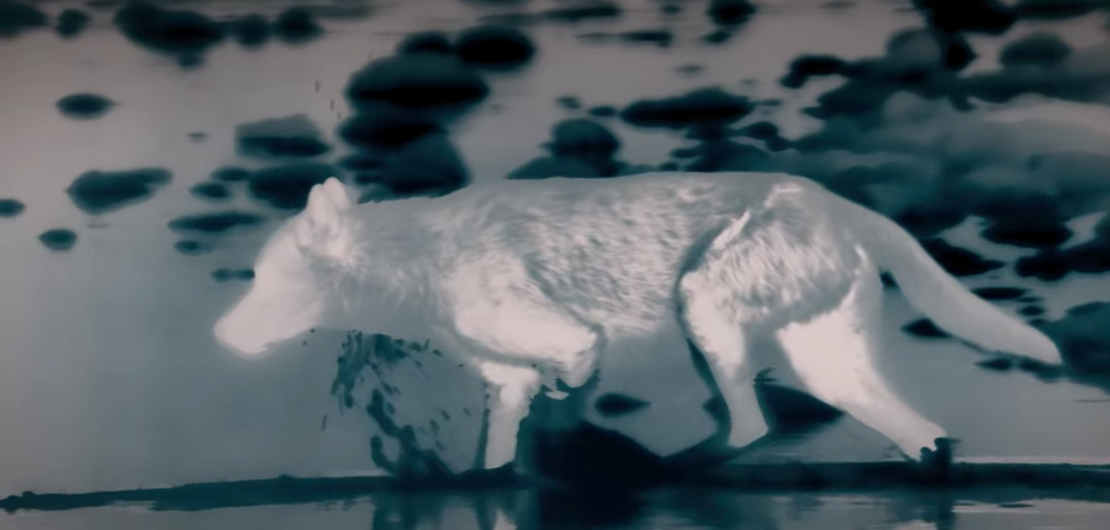
The salmon-eating wolves of Alaska: Tongass film shoot captures, for the first time on video, wolves catching salmon at night
It was past midnight one night in August, 2018 that the film crew and their Alaskan guides, out shooting for a Netflix documentary series called “Night on Earth,” found themselves sitting in the dark, surrounded by wolves.
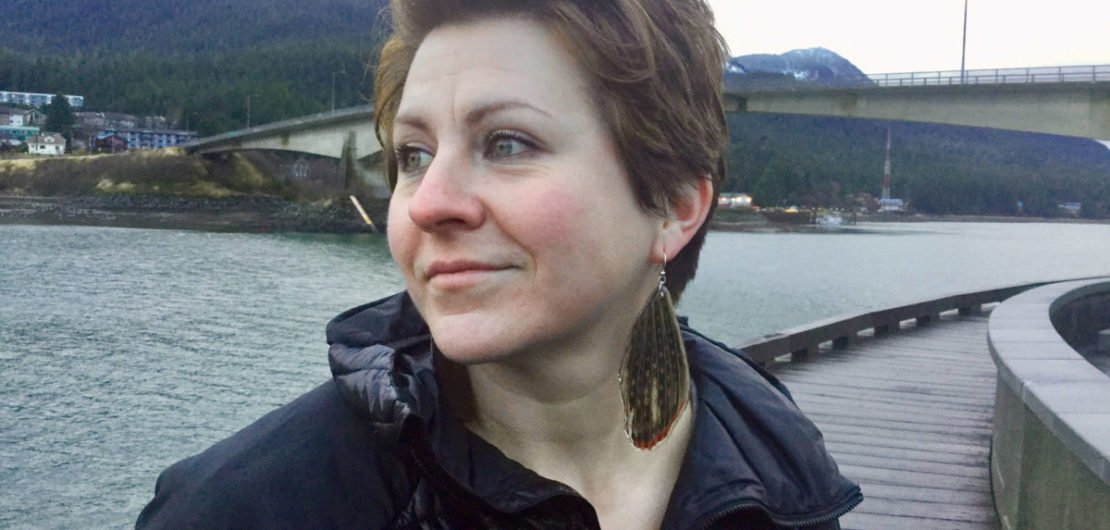
New jewelry line highlights beauty of fish scales
About a year ago my friend Julienne Pacheco dropped by our house with an ocean-caught steelhead. Before we cooked it, she got out a filet knife and carefully separated the flesh from the glittering scales. She had a plan that would leave them glittering long into the future.

A downriver homecoming
The Taku Khwáan Dancers have been traveling from Atlin, British Columbia to Juneau’s biennial Celebration for years. This year, for the first time, seven of them did it the traditional way: paddling a canoe down the Taku River.

